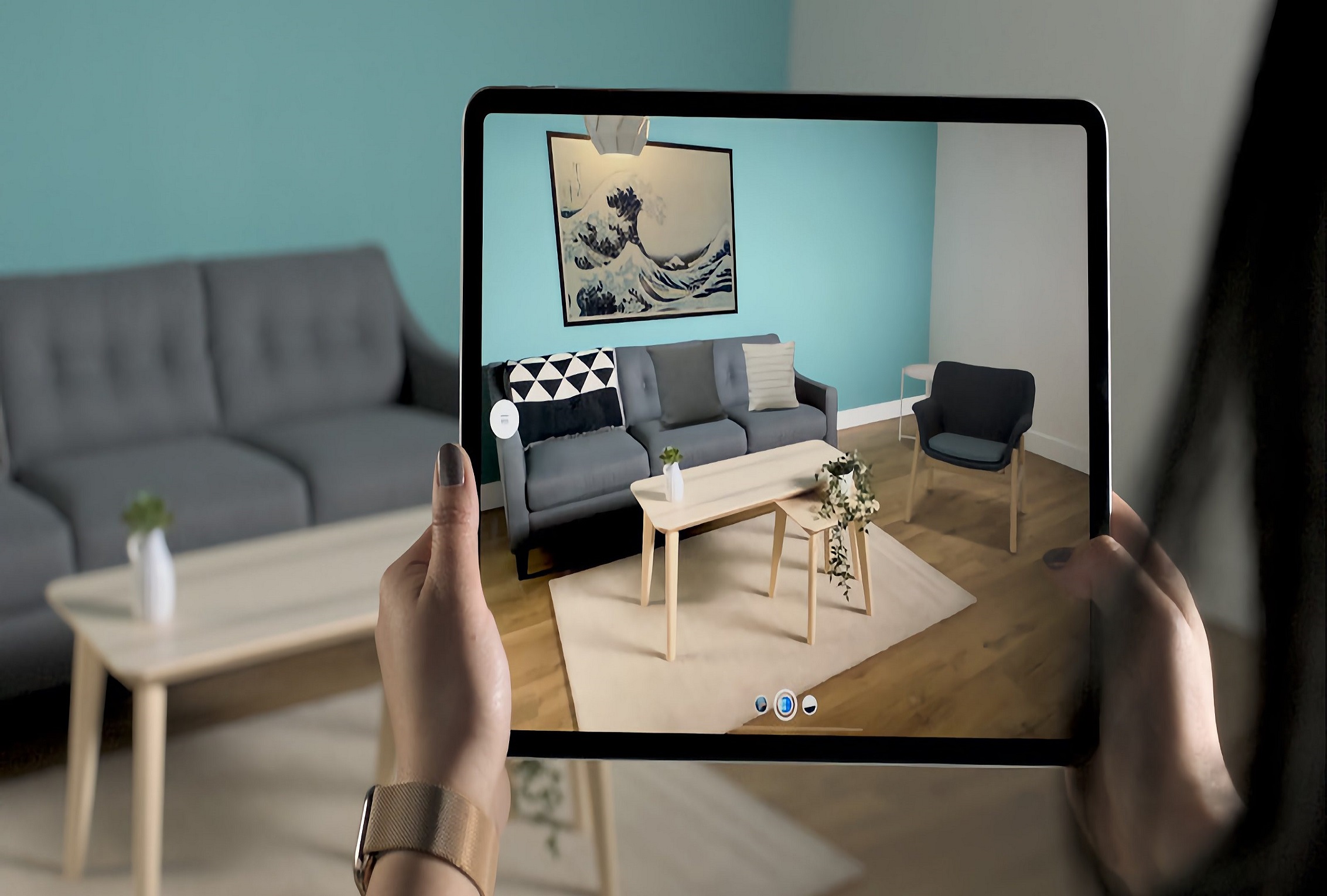e-Retail Innovations and Growth
Over the last 15 years, the share of online retail (or e-retail) has increased steadily all over the world. For instance, the graph below shows the percentage of e-retail sales out of total sales for the US.

Source: United States Census Bureau
Earlier in 2019, e-retail sales accounted for only 10.9% of total retail sales. Yet, in 2020, it rose to 13.9%. Thus, it shows that e-retail has good potential to grow in the coming years.
A major reason for low e-retail sales is customer shopping behaviour. In fact, physical retail and e-retail KPIs are also different.
Notably, there is a basic difference between how customers shop offline and online. It is down to how customers interact with products while purchasing.
Why e-Retail is less than traditional retail?
According to KPMG, the top-three reasons people go to physical shops are to do with touching or trying the product. Indeed, 56% of customers prefer shopping offline for the ability to see and touch the product. Whereas, these are limitations of e-Retail.
Now, e-retail businesses like Amazon have grown with continuous innovations. In 2018 alone, Amazon spent 12.7% of their revenue on R&D. Likewise, many e-retail businesses have disrupted the retail industry over the years with innovations like chatbot, voice search, and drone delivery, to name a few.
The e-retail innovations we discuss here expect to overcome the top-three limitations of e-retail. The aim is to improve the engagement of customers with the products they intend to purchase.
So, what are the most recent e-retail innovations?
Here are three of them:
- 3D Models (and videos of product)
- Livestreaming
- Augmented-reality (AR)
3D Models (and videos of product)
On 14th March 2020, Shopify announced that merchants could upload 3D models or videos directly to their product pages. Fashion merchants selling on Shopify were happy with this new technology. Results showed that the visitors who interacted with a 3D model were 44% more likely to add a product to their shopping cart. Also, they were 27% more likely to place an order than visitors that did not.
This helped the merchants too. For example, after implementing 3D models in their store, Bumbleride saw a conversion rate increase of 33% for strollers and increased time on page by up to 21%.
Advantage:
In traditional retail, customers can ‘see’ and ‘feel’ a product before buying. In the same way, by using a 3D model of products in e-retail, customers can virtually ‘see’ a product interacting with their home or office environment. This feature increases the engagement rate and ultimately leads to more sales.
Livestreaming
Taobao Live is a live streaming service integrated into the Taobao App of Alibaba Group. On 1st June 2020, Taobao Live sold goods worth $280 million in the initial 90 minutes. Merchants can apply on Taobao app for free and start live streaming of their products. Also, customers can ask queries, buy, and pay on the same app.
Advantages:
- It is similar to a traditional store being open for customers. But in this case, customers who are interested in the category will join the Livestream. This is a significant advantage as users are already lower down the sales funnel.
- In digital media, brands have to hire celebrities and tap their brand equity to sell their products. However, in Livestream, anyone can display the products.
- Users watching Livestream can ask queries related to product and host can answer them or display in real-time. For example, a user might ask ‘can you show how size 7 will fit me?’ The host can then try on size 7 shoe in real-time during Livestream. Subsequently, this increases the engagement of products with potential customers.
Augmented Reality (AR)
In May 2020, Kendra Scott, a jewelry brand, introduced a virtual try-on. This feature implements augmented reality and allows users to preview products.
AR is also being used by furniture retailers like Wayfair and Ikea for displaying how furniture will look in their homes after purchase.
In December 2019, L’Oreal announced a virtual try-on that lets shoppers try on makeup virtually using their phones. Garnier (owned by L’Oreal) also launched a virtual try-on named “Garnier hair colour”. Using the Google Lens image-recognition mobile app made by Google Inc., shoppers can point their phone cameras at the hair-colour boxes to activate the virtual try-on service.
Advantage:
- In e-retail, users can only visually see 2D product images. But with AR, users can virtually try-on products. They can also get some idea of how the products will look in their surroundings.
As the e-commerce and e-retail industry matures, innovations are likely to continue in this space.
Related Posts:
- Strategic Transformation Part-2
- How E-Retail KPIs different from traditional Retail KPIs?
- Know customer shopping behaviour KPIs in e-retail?
<– Online Business Growth – The Easy or The Right Way?
Competitive Advantage: do you have one? Is it sustainable? –>
Author: Sumit Patil
Cover Photo courtesy: Vectary
If you liked reading this article, then please subscribe to our blog – Veracles. That way, you can receive interesting insights in email. Also, please do follow Veravizion on LinkedIn, Twitter or Facebook to receive easy updates.
